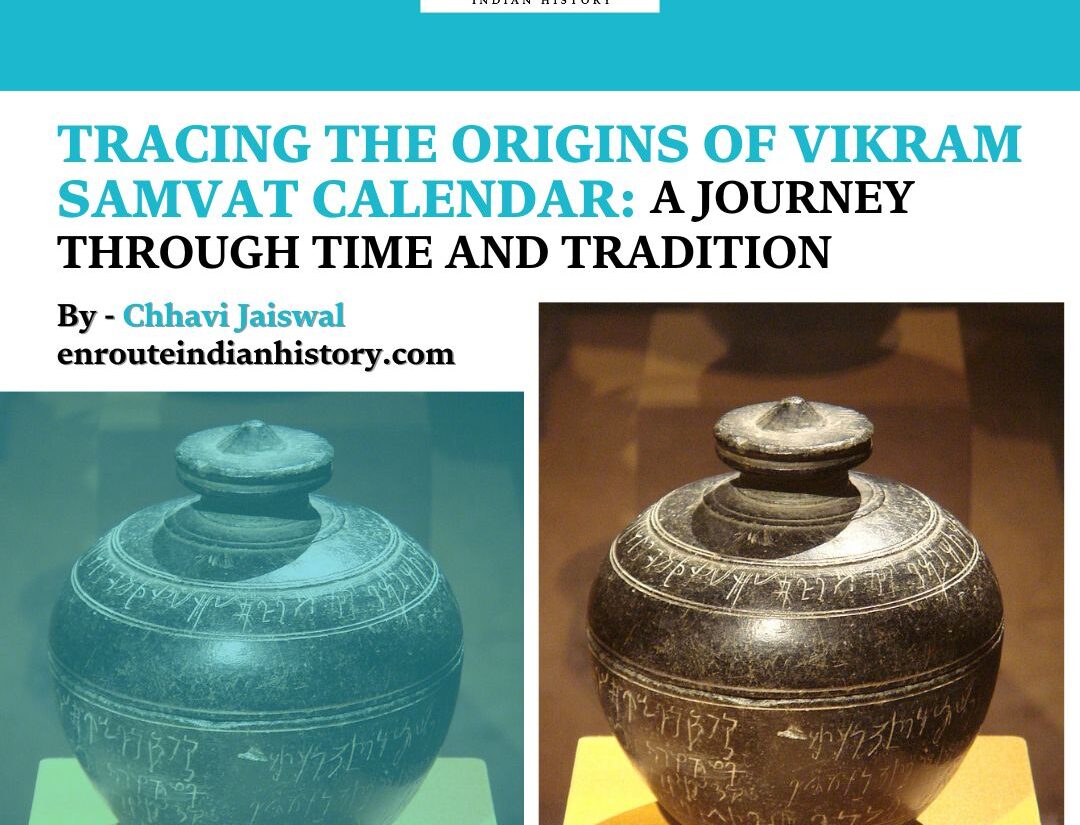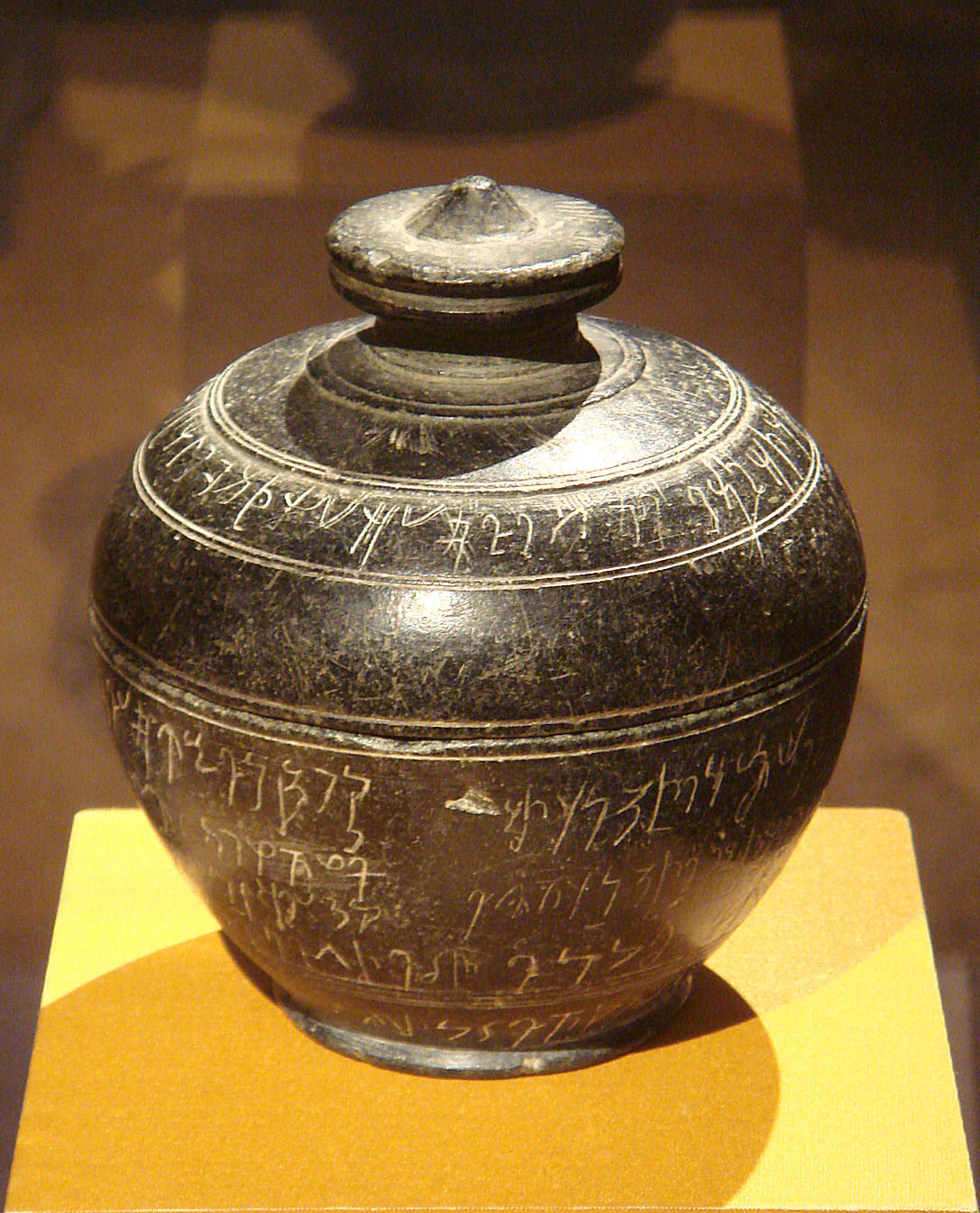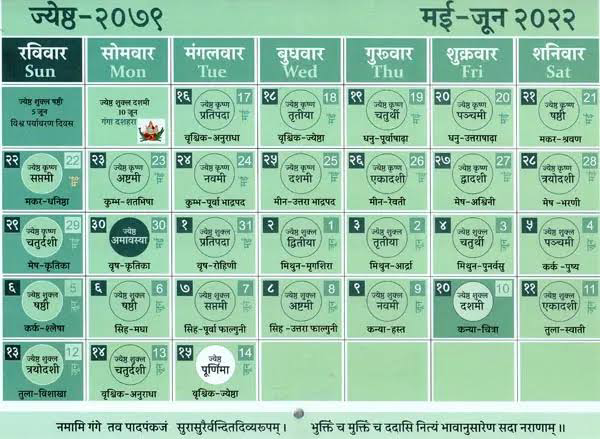Tracing the Origins of Vikram Samvat Calendar: A Journey through Time and Tradition
- EIH User
- September 11, 2024

The Vikram Samvat calendar also referred to as Krta Samvat, widely used in India and Nepal, is one of the world’s oldest and most revered calendrical systems. It is a lunisolar calendar, approximately 57 years ahead of the Gregorian calendar. While the Gregorian calendar is globally dominant, the Vikram Samvat retains significant cultural and religious importance, particularly in Hindu and Jain traditions. This article will explore the historical origins of the Vikram Samvat calendar and how it has been woven into the fabric of Indian civilization.
According to tradition, the Vikram Samvat calendar was established by King Vikramaditya of Ujjain in 57 BCE. It is said that the calendar commemorates his victory over the Sakas, a Central Asian Nomadic tribe that had invaded parts of India. In memory of that victory, Vikram Samvat was also started from the date of the Shukla Paksha of the Chaitra month. It is said that before running a new proverb, a ruler had to liberate all the people living in his kingdom. Hence, King Vikramaditya paid off the debt of all his subjects from the royal treasury and the Vikram Samvat calendar came to be established.
However, the origins of the Vikram Samvat calendar are shrouded in historical mystery and debate. Critics point to a lack of epigraphic or numismatic evidence explicitly mentioning King Vikramaditya. Furthermore, if the calendar system was indeed established in 57 BCE, why do references to this era appear many centuries later beginning with the Dhiniki inscription of 794 CE? Such questions have led historians to conduct alternative studies.
Historians like K. P. Jayaswal suggested that the Vikram Samvat calendar was established by the Malava ganas (republics) to mark their independence from the Saka rulers. Jayaswal argued that the name Vikramaditya could refer to Gautamiputra Satakarni, a Satavahana ruler. However, this theory also lacks strong archaeological backing.
- S. Altekar proposed that the calendar was founded by a Malava king or general named Krta. Altekar’s study was based on interpretations of inscriptions, but it remains speculative without robust evidence. Similarly, D. R. Bhandarkar suggested that the calendar was initiated by the Shunga king Pushyamitra, who established it after overthrowing the Mauryan regime. According to Bhandarkar, Pushyamitra’s motive was to revive Brahmanism and the calendar marked the beginning of a new krta era (krtayuga).
It was Sir John Marshall, who argued that the Vikram Samvat calendar was established by the Scytho-Parthian king Azes I. Marshall’s analysis of the Taxila silver scroll, dated to 136 ayas, interpreted as ‘of Azes’, suggested a connection to Azes I. This view was supported by historians like Vincent Smith but challenged by scholars such as H. C. Raychaudhari and D. C. Sircar. They associated the Aya or Aja mentioned in inscriptions with Azes II, proposing that the era was founded in 58 BCE by the Indo-Parthian king Vonones. Further, Richard Salmon, in his analysis of the Kharoshthi Avaca casket inscriptions of the ruler Azes I, again attributed the origins of the Vikram Samvat calendar to Azes I.

(The Avaca casket inscription; Source: Wikimedia Commons)
Contrasting these studies, an astrologer and polymath from Ujjain, Pandit Surya Narayan Vyas, spent a greater part of his life trying to establish the historicity of this ancient calendar system with King Vikramaditya. He organised two thousand years of Vikram Samvat in 1944 and went on to establish the Vikram Kirti Mandir Museum in Ujjain in 1965. He argued that Vikramaditya was different from Samudragupta or Chandragupta II who had also adopted such honorifics.
Nonetheless, Vikram Samvat has remained one of the most important calendar systems of South Asia. It is a lunisolar calendar, meaning it incorporates both lunar months and solar years. It harmonizes lunar and solar cycles, creating a system that aligns with both the phases of the moon and the solar year.
The calendar comprises twelve lunar months, each starting with the new moon. These months are:
- Chaitra (March-April)
- Vaisakha (April-May)
- Jyaistha (May-June)
- Asadha (June-July)
- Sravana (July-August)
- Bhadra (August-September)
- Asvina (September-October)
- Kartika (October-November)
- Margasirsa (November-December)
- Pausa (December-January)
- Magha (January-February)
- Phalguna (February-March)
Furthermore, each lunar month is approximately 29.5 days long, based on the cycle of the moon from one new moon to the next. The months are aligned with the lunar phases, which are divided into two fortnights or “pakshas”, shukla paksha, the bright fortnight, starting from the new moon and culminating in the full moon and krishna paksha, the dark fortnight, from the full moon to the next new moon.
The Vikram Samvat year typically comprises 365.25 days, closely aligning with the solar year. To account for the slight discrepancy between the lunar and solar years, an additional month, known as Adhik Maas or Purushottama Maas, is inserted approximately every 2.5 years. This intercalary month ensures that the calendar stays synchronized with the seasons and agricultural cycles. The inclusion of Adhik Maas demonstrates the calendar’s sophisticated astronomical foundation and its adaptation to the cyclical nature of time.
A unique feature of this ancient calendar system is its use of lunar days or “tithis” rather than fixed dates. These lunar days are named such as Pratipada (first day), Dwitya (second day), Tritya (third day), and Purnima (full moon day). This system can make civil use less straightforward, as specific festivals are observed on lunar days rather than numerical dates.

(A traditional Vikram Samvat Calendar alongwith the Gregorian calendar; Source: Exotic Indian Art)
The Vikram Samvat calendar is a remarkable example of ancient timekeeping that seamlessly integrates lunar and solar cycles. Its structure, including twelve lunar months, periodic intercalation, and the unique use of lunar days, showcases the sophistication of ancient Indian astronomy and calendar-making. In Nepal, the Vikram Samvat calendar is officially used alongside the Gregorian calendar. The Nepali New Year, celebrated in April, marks the start of the new Vikram Samvat year, reflecting its continued importance in Nepali culture.
While the exact origins of the Vikram Samvat calendar remain a topic of historical debate, its cultural and religious significance is undeniable. The calendar’s role in scheduling festivals, rituals, and agricultural activities highlights its enduring relevance in the lives of millions across India and Nepal.
In an era dominated by the Gregorian calendar, this ancient calendar system continues to serve as a vital link to the past, preserving the rich cultural heritage of South Asia. Its ability to align with both the lunar and solar cycles reflects a deep understanding of time and nature, making it a treasured aspect of South Asian tradition.
References:
- Salomon, Richard. “The ‘Avaca’ Inscription and the Origin of the Vikrama Era.” Journal of the American Oriental Society, vol. 102, no. 1, 1982, pp. 59–68. JSTOR, https://doi.org/10.2307/601111. Accessed 8 Sept. 2024.
- Sharma, Nilesh. “Vikram Samvat: Ancient Indian Calendar.” Sanshodhan Chetana, vol. 7, no. 4, pp. 150-154, March, 2019
- Dutta, Priyadarshani. “The tragedy of Vikram Samvat.” Daily Pioneer, March, 2018
https://www.dailypioneer.com/2018/columnists/the-tragedy-of-vikram-samvat.html
- “Vikram Samvat: Hindu New year history, legend, calculation, and other details.” Times of India, April 13, 2021 https://timesofindia.indiatimes.com/religion/festivals/vikram-samvat-hindu-new-year-history-legend-calculation-and-other-details/articleshow/82044253.cms
- Kapoor, Devika. “What is Vikram Samvat? All you need to know about the Hindu Calendar.” News9live, 23 March, 2023, https://www.news9live.com/knowledge/what-is-vikram-samvat-all-you-need-to-know-about-the-hindu-calendar-au1322-2083975
- ancient calendar system
- Cross-cultural time perspectives
- Cultural views on time progression
- Cyclical time in ancient traditions
- Cyclical time in Hindu culture
- Cyclical vs linear time concepts
- Linear time in Western society
- lunisolar calendar
- Temporal concepts in Hindu mythology
- Temporal philosophy in Hinduism
- Time in Hindu mythology and Western culture
- Vikram Samvat calendar
- Western view of time history

















